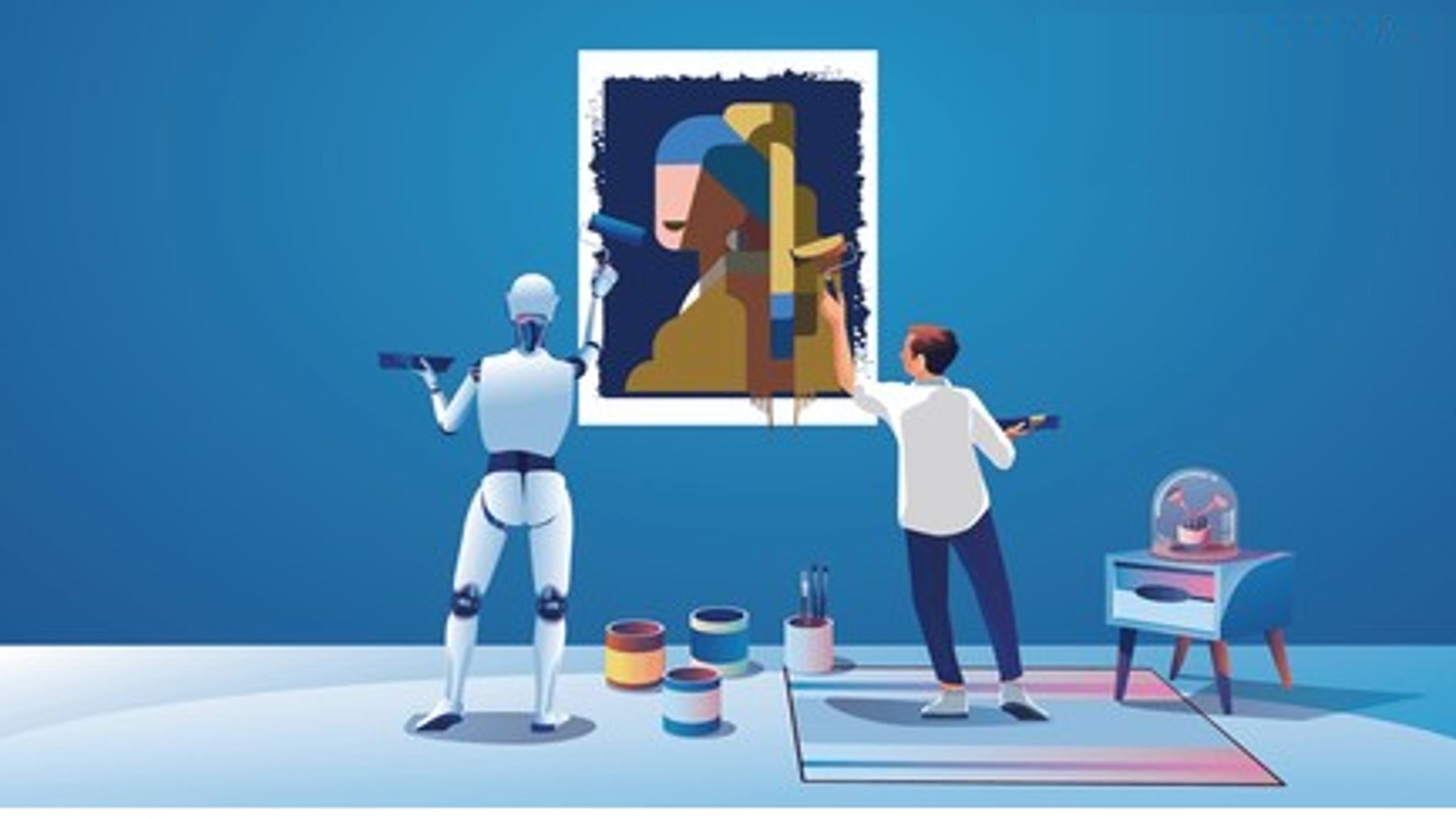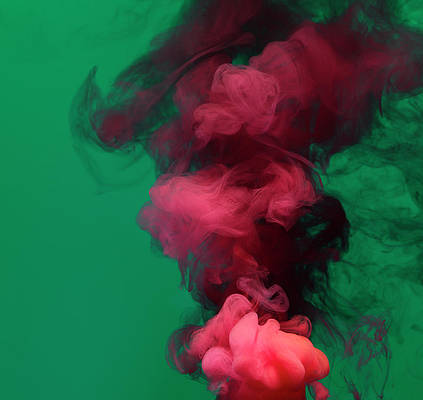In the era of artificial intelligence (AI), artists are facing a unique challenge—AI copycats capable of replicating their distinctive styles. This alarming trend has prompted artists to join forces with researchers to develop innovative tech solutions, ensuring the protection of their creative works. This article discusses the latest tools developed to fight such AI copycats.
Also Read: US Sets Rules for Safe AI Development
The Battle Against AI Copycats
Paloma McClain, a U.S.-based illustrator, discovered that AI models had been trained using her art without crediting or compensating her. In response, artists are adopting defensive measures against invasive and abusive AI models that threaten their originality.

Tech Tools to Fight AI Copycats
Three new tools have been developed for artists to protect their original artworks from copyright infringement. These tools help them alter their work in the eyes of AI, tricking the models out of replicating them. Here’s more of what these tools do.
1. Glaze – A Shield for Artists
To counter AI replication, artists are turning to “Glaze,” a free software created by researchers at the University of Chicago. This tool outthinks AI models during training, making subtle pixel tweaks indiscernible to human eyes but drastically altering the appearance of digitized art for AI. Professor Ben Zhao emphasizes the importance of providing technical tools to protect human creators from AI intrusion.
2. Nightshade – Strengthening Defenses
The Glaze team is actively enhancing their tool with “Nightshade,” designed to confuse AI further. By altering how AI interprets content, such as seeing a dog as a cat, Nightshade aims to bolster defenses against unauthorized AI replication. Several companies have expressed interest in utilizing Nightshade to protect their intellectual property.
3. Kudurru – Detecting Image Harvesting
Startup Spawning introduces Kudurru software, capable of detecting attempts to harvest large numbers of images from online platforms. Artists can block access or send misleading images, providing a proactive approach to safeguarding their creations. Over a thousand websites have already been integrated into the Kudurru network.
Pushing for Ethical AI Usage
While artists employ these tech weapons, the ultimate goal is to create a world where all data used for AI is subject to consent and payment. Jordan Meyer, co-founder of Spawning, envisions a future where developers prioritize ethical AI practices, ensuring that artists can protect their content and receive proper recognition and compensation.
Also Read: OpenAI Prepares for Ethical and Responsible AI
Our Say
In the evolving landscape of AI and art, artists are demonstrating resilience and creativity not only in their artwork but also in safeguarding their intellectual property. The development and adoption of tech solutions like Glaze, Nightshade, and Kudurru signify a proactive stance against AI-copied art. As artists continue to develop such tools to fight AI copycats, they push for ethical AI practices at a larger scale. Consequently, they pave the way for a future where creativity is respected, protected, and duly credited in the digital realm.




